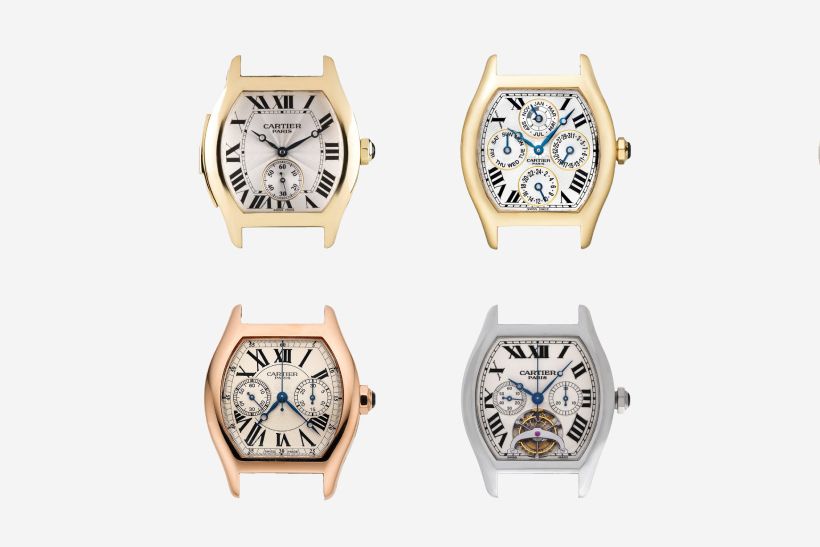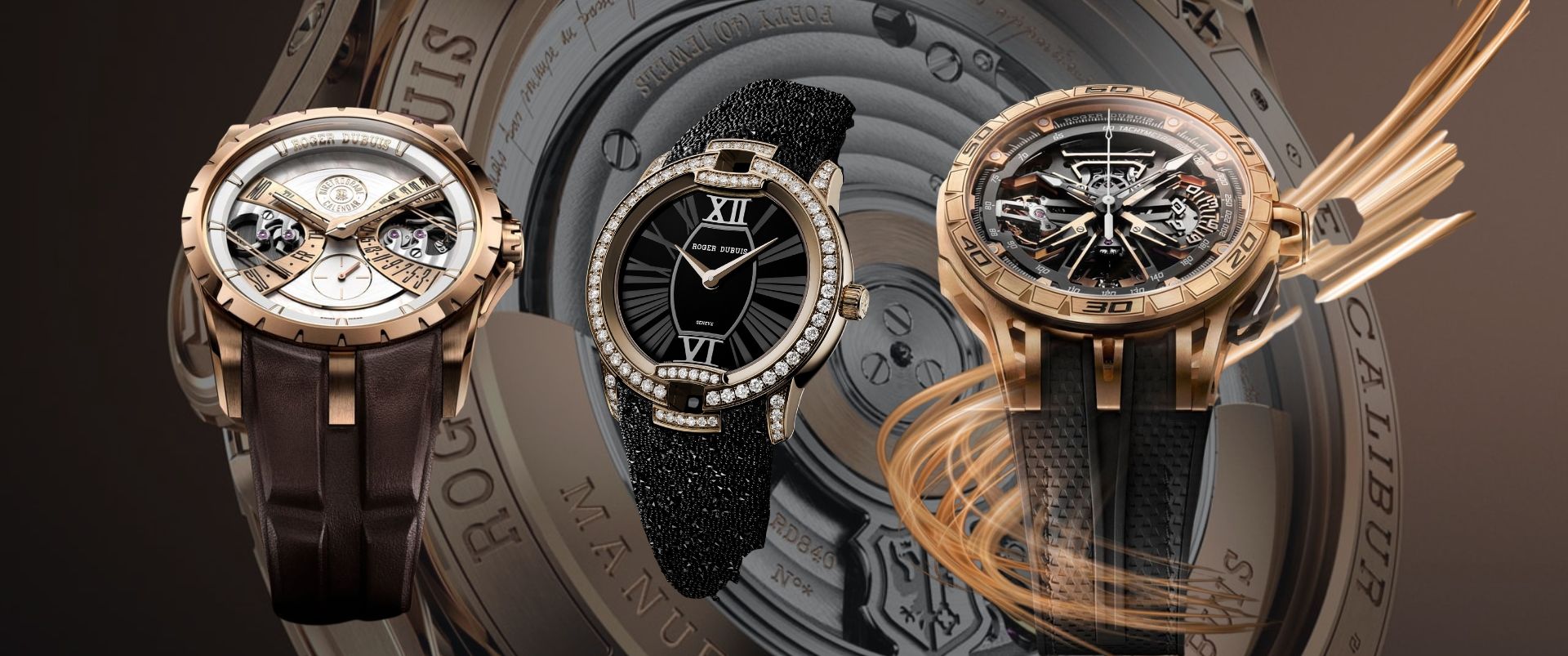Revisiting Cartier Tortue: An Early Cartier Design And Its Evolution Housing Some Lusted-After Calibers
Coming out of the Quartz Crisis, which we all know was a bit of a doom trailer for the Swiss watch industry, many watchmaking houses reinforced mechanical innovation. Cartier on the other hand found an instant affinity for quartz. Well, while a lot of it had to do with the economics, another factor aiding this shift to battery-power was that Cartier knew that their consumer bulk wasn’t into watch technology or mechanical timekeeping. It was design, notably the Tank aesthetic, that Cartier had to offer and it was iconic in every regard.
Well, Cartier was right to think that if it’s their design that people buy, they could sell it without a sweeping seconds hand or actually without a second’s hand at all!
Also, if there was any brand that could’ve sought this shift to quartz without any backlash or side-eyes towards its heritage, it was Cartier. They were and have always been a revered house of exquisite designs and that is the alp of their prestige. This is why they cherish the leverage of a passive flexibility within the zone of their horological inceptions.

However, in 1998, Cartier announced a pivot back to their roots with the introduction of the Collection Privée Cartier Paris or CPCP. This marked a revert to their core principles and a renewed focus on aesthetic as well as mechanical aspects. Between 1998 and 2008, they delved into their archives, reviving historic designs that had been dormant for years. This true-to-form reincarnation of the originals from the past led to Cartier bringing back the Tortue, a model originally launched in 1912, only now for the more thoroughbred consumer sect.
Cartier Tortue Case Shape: A Sensual Silhouette
Reflecting on the last as well as the present century, I instantly recognise that no brand has been as demonstrative of shaped cases in the men's category as much as Cartier. Unlike tool watches for utilitarian pursuits, Cartier has always prioritized extreme elegance as its singular objective. The tale of Cartier’s shaped cases began with the Santos Dumont in 1904 instantly followed by the Tonneau in 1906. In this progression of profiles, the curved contours of the Tortue come in as the third watch case design by Cartier.

Early 1900s were when Louis Cartier was at the peak of his creative yield. Little do we know about the why of Louis Cartier’s inception of the tonneau-shaped "tortue à pattes" case design, literally translating to "turtle on legs". But what materialized, and predated the iconic Tank’s development by five years, was soon going to be a tortoiseshell shaped expression of the Maison’s extent of mechanical innovation realized in iterations of a monopusher chronograph and a minute repeater, both unusual for the early 20th century and even a perpetual calendar.
Outside the tortoise-shaped profile, the original and the revived offerings bear the Tortue aesthetic in strict Cartier design codes: classic white dial, thick Roman numerals, blued hands and the iconic cabochon-set crown. The Tortue, despite extremely restricted production numbers, has been in the collection for over a century and remains one of Cartier's most under-the-radar designs.
A ‘Mother Idea’ Cartier in Variations
Alongside the Santos Dumont and the Tank, the Cartier Tortue began life as a time-only watch. However, soon the inventive and compound case was complemented with elaborate mechanical works. The early calibers were a development opus of European Watch & Clock Company, a Cartier and Edmond Jaeger collaborative. It was in 1928 that Cartier envisioned the Tortue as a vehicle for higher complications with the release of the Tortue Monopoussoir. The addition of sophisticated mechanisms to the connoisseur-friendly watch surely generated a heightened interest among purists. Cartier also offered a minute repeater iteration of the Tortue in the same year as the Monopoussoir. What’s really interesting is that the Monopoussoir has become a very rare and highly sought after collectible.
In 1999, Cartier relaunched the Tortue Monopoussoir as a CPCP timepiece, and this time sought mechanical aid from some of the most interesting people in independent watchmaking. Its caliber 045MC featuring an oscillating or sliding pinion for chronograph engagement was the brainchild of a cooperative known as Techniques Horlogères Appliquées or THA. The trio of Denis Flageollet, Vianney Halter and François-Paul Journe were responsible for its genesis. This was a pretty extraordinary chronograph movement for the time. Bear in mind, in the context of the late 90s, very few were making chronograph movements and the CPCP Tortue Monopoussoir was developed almost a year before the A. Lange & Söhne Datograph Flyback caliber L951.1 was unveiled to the world. In an era of shared ebauches, this movement being a Cartier exclusive was a rarity.

During the period that ensured from 1998 to 2008, Cartier produced perpetual calendar iterations of the Tortue, a Tortue XL featuring a grande date and an 8-day power reserve movement by JLC. Along with tourbillon models with movements by Renaud & Papi or JLC, Cartier introduced the Tortue XL Day and Night, featuring two time zones.
Post the 2008 retirement of the collection for a brief four-year period, we saw Cartier introduce the modern Tortue. Although we didn’t get a 100th anniversary iteration of the Tortue in 2012, the 2012 and 2013 collections added a trio of new pieces to the line-up: Tortue Perpetual Calendar, the Tortue XXL Multiple Timezone and a reimagined Tortue XL.
Cartier Tortue: A Tortoise-Shaped Icon of Excellence
For the decade-long run of the debut Collection Privée, the Tortue was the most popular piece. Inevitably, the brand faced delays and limitations due to its reliance on third-party suppliers, leading to an eventual demise of CPCP. Nowadays, collectors are rediscovering these pieces, drawn to their combination of iconic design, high-quality movements and limited quantities.
The Tortue remains a highly exclusive and significant watch, tailored for a select clientele. I am confident that we will see this timepiece reappear in the collection for many years to come. As consumer tastes evolve, it's gratifying to see Cartier being recognized for the lasting legacy they have created.
No articles found





